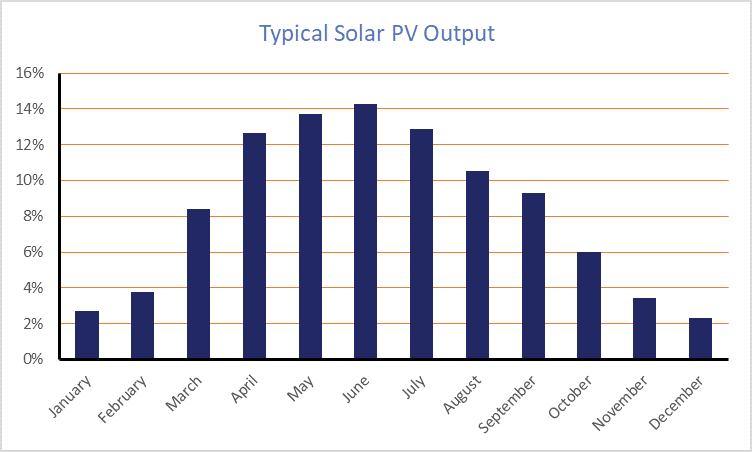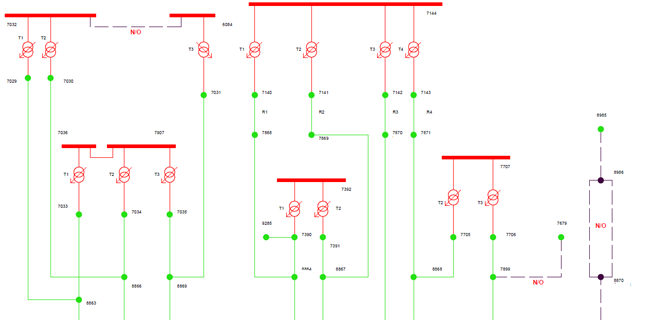About Network Curtailment Studies
In recent years, the UK distribution network has experienced a rapid increase in the level of penetration of renewable generation sources driven by green energy policies. The government's support has made renewable energy plants financially attractive to energy developers and investors and has led to high demand for new connections to the distribution network. As a result of this rapid increase in distributed generation, some parts of the network have become congested and the availability of new connections that do not require costly reinforcement works to accommodate them has become scarce.
In areas where there is a high concentration of distributed generation installations, the transmission and distribution network operators need in some instances to constrain off generating plants in order to regulate the voltage levels on the network and to maintain the security of supply.
To achieve this, the network operators may impose terms within connection offers that dictate the circumstances under which the generation plant must be constrained off. In some instances, these operational constraints can result in a loss of output and consequent economic impact which will inevitably affect the financial viability of the plant.
Customer Challenge
PSE 2 was approached by an energy developer and an asset manager to investigate the impact of a set of operational constraints on a 5 MW solar installation. The objective was to determine the likelihood of curtailment and to obtain an indicative loss of yield caused as a result of the network constraints.


PSE2 Solution
The network operator provided a set of network operational arrangements under which the plant's output would be curtailed, as well as a record of all the outages in the local network for the last ten years. PSE 2 analysed the historical outages and worked in collaboration with the network operator to establish the cause of past major outages and to determine the impact of past and future maintenance and reinforcement works on the likelihood of future outages.
Result
Based on statistical analysis of historic outages and a qualitative review of the scheduled works affecting the plant, PSE 2 managed to establish the likelihood of future unplanned outages, which was combined with the planned maintenance and reinforcement works in the area to establish an expected monthly outage distribution. Power systems simulation tools were used to simulate the voltage profile on the network throughout the year which was used to calculate the expected monthly loss of yield.
This result was used to quantify the potential losses and reduce the financial risk associated with the investment in the plant.